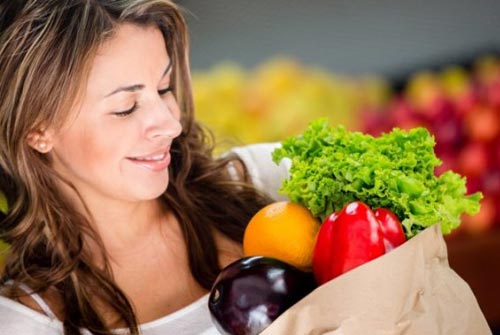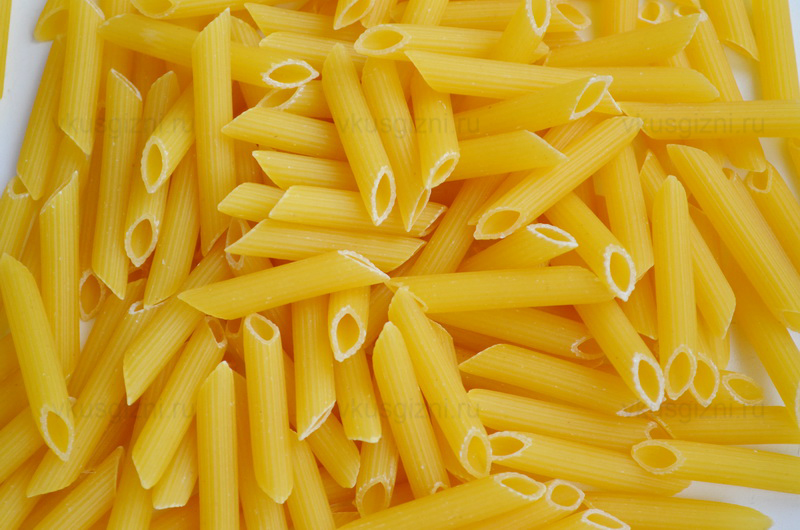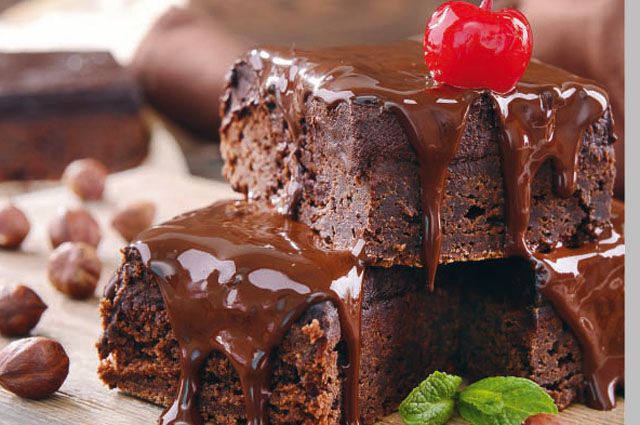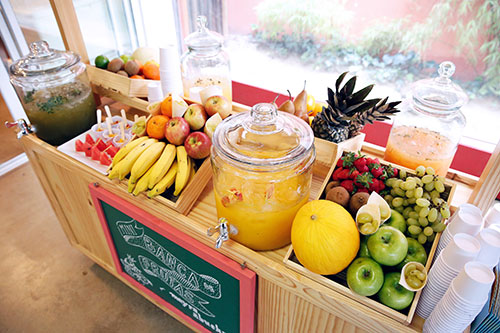Can a child be a vegetarian?
 Me: To begin with, vegetarianism does not equal healthy eating. This is a must understand. After all, for example, pasta with tomato sauce, pizza and cola, fruit juice with donuts is a vegetable food, that is, formally vegetarian, but such a diet can not be called healthy. Therefore, it is impossible to promote vegetarianism without specifying that it is based on whole vegetable products.
Me: To begin with, vegetarianism does not equal healthy eating. This is a must understand. After all, for example, pasta with tomato sauce, pizza and cola, fruit juice with donuts is a vegetable food, that is, formally vegetarian, but such a diet can not be called healthy. Therefore, it is impossible to promote vegetarianism without specifying that it is based on whole vegetable products.
Further: Vegetarianism has varying degrees, from extreme veganism to a diet that allows eggs, milk, and derived products, such as cheese. This most “relaxed” form of vegetarianism is able to supply a person with animal protein in an amount greater than what is needed for health.
Not only children and adolescents up to 18 years old, but everyone, regardless of age, just need to abandon industrially processed and refined products (whether vegetable or animal origin). Or at least minimize their consumption. Such products contain a lot of ingredients unsafe for health: flavor enhancers, colors, smell, trans fats, sweeteners (they are not “useful” in principle, even organic coconut sugar – sugar is added anyway, and sugar is dangerous), etc.
If we talk about whole, unrefined products (vegetables, fruits, herbs, nuts, cereals, butter, milk, eggs and even meat), then you need to choose the highest quality available. What I mean. If organic plants are sold in your store, choose them. If you trust a familiar farm – choose products from this farm. If you have a vegetable garden – try to grow food there and store for the winter. If you live in a country where there is a choice between Australian carrots or Chinese (as I had in Singapore), choose the Australian: in this country, the standards of agriculture are much higher than the Chinese. And so on.
Live: How to make a child a vegetarian? Situation: vegetarian parents want the child to share their views. What is the action plan?
Me: Each child is individual, but, as a rule, children, especially before the age of teenagers, copy their parents: if you stop eating meat, then the child will most likely go on a family diet. Although there are people who simply can not live without meat.
Instead of fighting for life and death with the choice of your child, try to protect him by buying and cooking at home the highest quality meat. Not semi-finished products, sausages and sausages (these products are dangerous regardless of whether you think meat is useful or harmful, because it is not meat in principle), but a whole piece from a good producer who grew an animal without growth hormones, did not abuse antibiotics, did not feed questionable feed. This is the first. And secondly, even if the child cannot completely abandon the meat, reduce its quantity. Most people eat a lot more protein than they need for health, and often even as much as it hurts their health.
Live: How to build a menu for children who do not eat meat and eggs
Me: The main rule (in addition to the quality of products) is variety. If you or your child have abandoned animal food and switched to fruit and pasta, this is not a healthy diet. The vegetable diet is very rich: legumes (beans, lentils, peas), cereals (wild rice, buckwheat, millet), psevdozlaki (quinoa, amaranth), root crops (potatoes, sweet potatoes, beets, carrots), a huge number of cabbage (white, red , Brussels, Chinese, Savoy, broccoli, color), other vegetables, herbs, nuts, fruits …
Each plant contains a unique set of vitamins and minerals, so the more varied your nutrition (even in color!), The more nutrients you will receive.
Live: Is it possible to get enough essential amino acids without eating meat?
Me: Of course you can! To do this, there are not only eggs, fish, cheese, but also vegetable sources of protein, such as legumes, buckwheat and quinoa. Read more about plant protein sources at this link.
Live: If a child initially (from the moment of feeding) refuses meat …
Me: It’s okay that the child does not want meat, no. As in the reverse situation. The task of parents is to provide a varied diet of whole and the highest quality products. Eating meat in the diet or it is based on other sources of protein is not so important.





